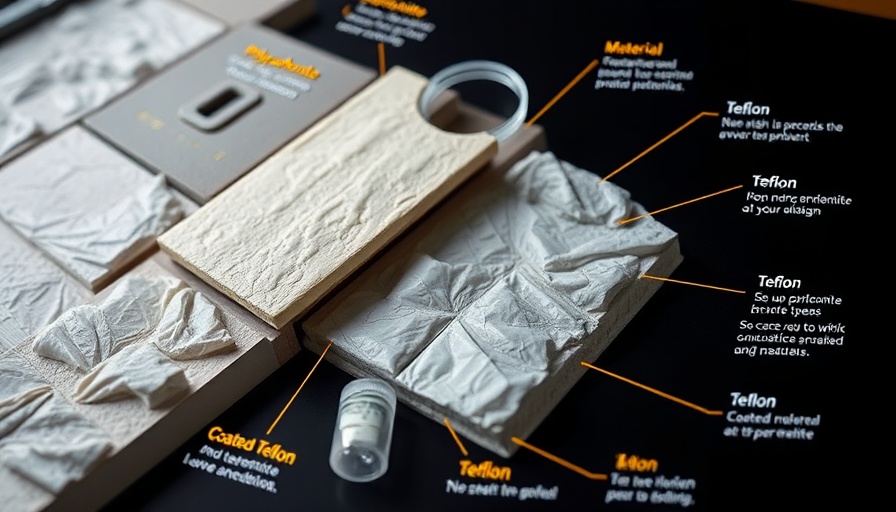
NASA's Groundbreaking Approach to Spacesuit Development
The Perseverance rover stands at the forefront of NASA’s efforts to prepare for human exploration of Mars. Since its landing in 2021, its mission has expanded beyond the search for ancient microbial life to include critical preparations for future astronauts. This includes carrying a set of carefully selected materials that will redefine what we expect from spacesuits. These materials have now been exposed to the harsh Martian environment for four years, and researchers are eager to see how they perform.
The Importance of Spacesuit Materials
The five spacesuit samples onboard Perseverance include specialized materials such as Vectran, Ortho-Fabric, and Teflon. Vectran, known for its durability, is crucial for enhancing glove palms that astronauts will rely on for fine motor tasks on Mars. Ortho-Fabric combines several materials including flame-resistant Nomex, breathable Gore-Tex, and Kevlar, known for its strength. These materials have been engineered to protect astronauts from the extreme temperatures, corrosive salts, and perilous radiation found on the Red Planet.
Martian Challenges: What Lies Ahead?
The Martian surface presents an array of challenges. Its frigid temperatures and pervasive dust could lead to significant wear and tear on spacesuits. The fine Martian dust poses a risk of clogging solar panels and can afflict the integrity of spacesuit materials. Adding to this, Mars lacks a substantial atmosphere, leaving its surface exposed to harmful solar radiation. Understanding how well spacesuit materials withstand these conditions is critical for future exploration efforts.
Preparing for Human Presence on Mars
NASA's focus on using rover data to inform spacesuit design reflects a strategic approach to preparing for human missions to Mars. Planetary scientist Marc Fries emphasized the forward-thinking nature of this initiative, stating that it isn't just about collecting data, but also about ensuring that astronauts can safely endure the conditions present on Mars. The organization seeks not only to accomplish scientific goals but also to ensure a sustainable human presence on the planet.
Future Insights: Predicting Suit Lifespan
The ultimate aim of studying these materials is to accurately predict their usable lifespans in Martian conditions. As NASA gathers insights from the samples, it will facilitate the design of future suits that remain operable throughout extended missions on Mars. By understanding the degradation of materials in Martian conditions, engineers and scientists can make informed decisions about suit design, thereby enhancing astronauts’ safety and mission success rates.
In conclusion, our preparation for human exploration of Mars is a multi-faceted endeavor that extends beyond the spacecraft and habitats. By studying how spacesuit materials perform under Mars' unique challenges, NASA is not only ensuring the safety of future astronauts but also advancing human presence in space. As we look forward to potential manned missions, the lessons learned from Perseverance will undeniably shape the architecture of tomorrow's spacesuits.
 Add Row
Add Row  Add
Add 




Write A Comment